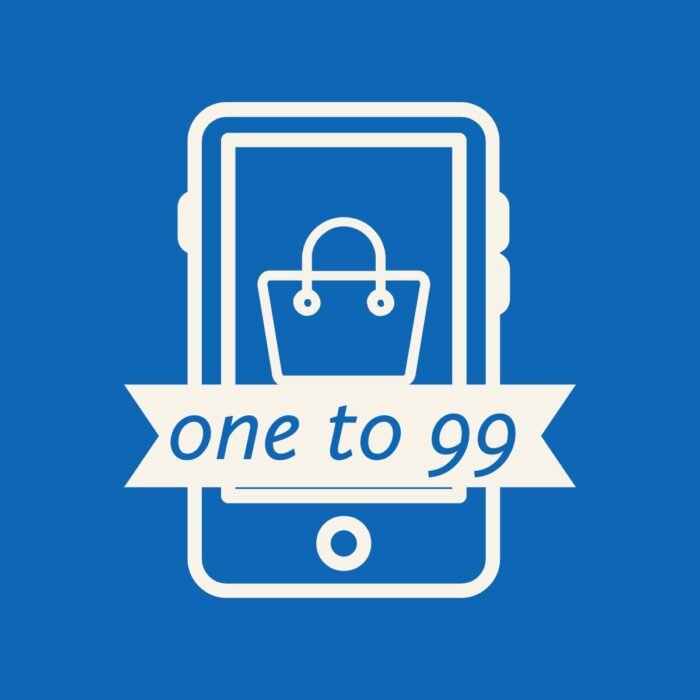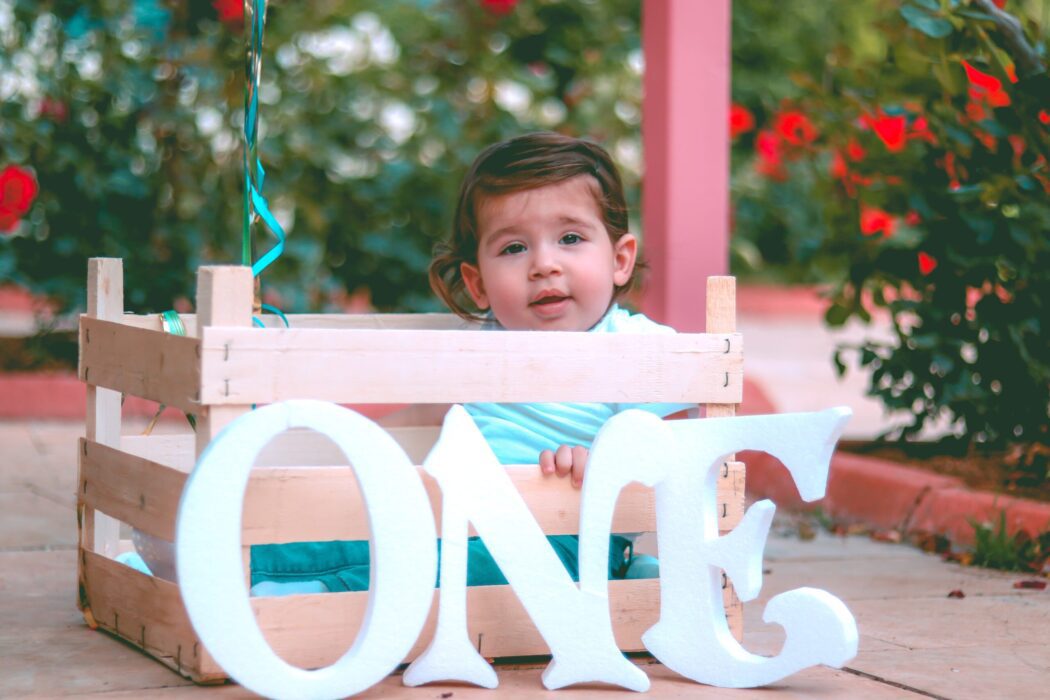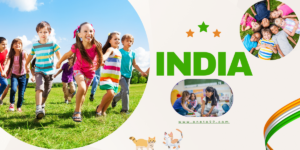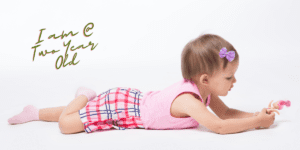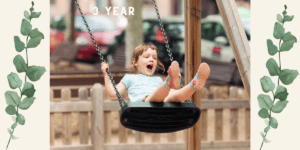Growing Strong: One Year of Love, Laughter, and Learning with Baby” is a title that emphasizes the focus word “one year” and celebrates the growth and development that occurs during this time. It speaks to the experience of parenting a baby during their first year of life and all of the joy, laughter, and learning that comes with it.
From the first smile to the first steps, this title captures the milestones that make up a baby’s first year and the incredible growth that happens during this time. It is a title that acknowledges the challenges of parenting while also celebrating the incredible bond that forms between parent and child.
First Year of Forever: A Journey of Love and Discovery with Our Baby” is a title that focuses on the concept of the first year being a significant milestone in a family’s journey. It speaks to the idea that the first year with a baby is one of discovering new things and falling in love with them over and over again.
This title evokes feelings of joy, excitement, and wonder as it celebrates the experience of parenting a baby during their first year of life. It acknowledges the challenges of sleepless nights, teething, and diaper changes, while also highlighting the beauty and magic of watching a baby grow and develop. It is a title that captures the essence of parenthood and the unconditional love that parents have for their child.
Table of Contents
Exploring the World Together
One Year of Adventure with Baby” is a title that emphasizes the focus keyword “one year” and celebrates the many adventures and discoveries that occur during this time. This title evokes feelings of excitement, curiosity, and wonder as it highlights the joys of exploring the world with a one year old baby. From first steps to first words, this title captures the many milestones and achievements that make up a baby’s first year of life. It is a title that emphasizes the importance of parent-child bonding through shared experiences, and encourages parents to cherish every moment of this fleeting stage of childhood.
One Year of Milestones, Memories, and Miracles with Baby” is a title that emphasizes the focus keyword “one year” and celebrates the growth and development that occur during this time. This title evokes feelings of pride, joy, and amazement as it highlights the many milestones and memories that make up a baby’s first year of life. From crawling to walking, from babbling to speaking, this title captures the incredible transformations and achievements that occur during this time. It is a title that acknowledges the hard work and dedication of parents in helping their baby reach these milestones, while also celebrating the miracles of growth and development that are unique to each child.
How to take care of one year baby?
- Nutrition: A one year old baby should be eating a balanced and nutritious diet that includes a variety of fruits, vegetables, protein, and dairy products. Breast milk or formula should still be offered as the main source of nutrition, but solid foods can also be introduced.
- Sleep: A one year old baby needs between 11-14 hours of sleep per day, including naps. Establish a regular bedtime routine and stick to it, and make sure the baby’s sleep environment is safe, comfortable, and free of any hazards.
- Playtime: Playtime is important for a one year old baby’s physical and cognitive development. Provide age-appropriate toys and activities that encourage exploration, learning, and social interaction.
- Safety: A one year old baby is very curious and can easily get into things that may be harmful. It’s important to baby-proof the home by covering electrical outlets, locking cabinets with dangerous items, and securing furniture that could topple over.
- Health: Keep up with regular well-baby checkups and vaccinations to ensure the baby’s health and development are on track. Keep the baby’s hands and surroundings clean to prevent the spread of germs.
- Love and Attention: A one year old baby needs lots of love, attention, and affection to feel secure and develop emotionally. Spend time cuddling, playing, and talking with the baby, and respond promptly to their needs and cries
What to do for one year baby?
- Playtime: Encourage playtime that promotes physical activity, exploration, and learning. Provide toys that encourage stacking, sorting, and problem-solving, and take your baby on trips to the park or other safe play areas.
- Reading: Read books together with your baby to help promote language development, cognitive skills, and a love of learning. Point out and name objects and characters in the pictures, and encourage your baby to turn the pages and interact with the book.
- Music and Movement: Sing songs, dance, and play music together to help develop your baby’s coordination, language skills, and sense of rhythm. You can even make musical instruments out of household items like pots and pans or empty containers filled with beans or rice.
- Social Interaction: Encourage social interaction with other children and adults to help develop your baby’s social skills and confidence. Attend parent-baby classes, play groups, or other activities that provide opportunities for socialization.
- Sensory Play: Provide opportunities for your baby to explore different textures, smells, tastes, and sounds through sensory play. This can include activities such as playing with sand or water, finger painting, or playing with toys that make different sounds or have different textures.
- Outdoor Exploration: Take your baby on outdoor adventures to help them connect with nature and develop an appreciation for the environment. You can go for walks, visit local parks or gardens, or explore nature trails.
Playing Time
- Playing time is essential for a one year old baby’s physical, cognitive, and social-emotional development. During playtime, a one year old baby can learn new skills, explore their environment, and interact with others.
- A one year old baby’s playtime should be age-appropriate and tailored to their individual interests and abilities. Some activities that can be suitable for one year old babies include playing with balls, blocks, stacking toys, and puzzles. You can also introduce playtime that involves physical activity such as crawling, walking, and running.
- It’s important to supervise your baby during playtime and provide a safe and stimulating environment. This includes ensuring that toys are appropriate for their age and that any hazards or potential dangers are removed or avoided.
- Playing time should also involve interaction with parents or other caregivers, as this can help promote social-emotional development and bonding. Singing, reading, and playing simple games together can help your baby develop language, cognitive, and social skills.
- Overall, playing time is an important part of a one year old baby’s development, providing them with opportunities to learn and grow while having fun.
Reading
- Reading is a wonderful way to promote language development, cognitive skills, and a love of learning for one year old babies. Here are some brief points about reading for one year old babies:
- Choose age-appropriate books: Select books that are appropriate for your baby’s age and developmental stage. Books with large, colorful pictures, simple text, and sturdy pages are ideal for one year old babies.
- Make reading interactive: Point to and name objects and characters in the pictures, and encourage your baby to touch and explore the book. Ask simple questions and encourage your baby to respond.
- Read with enthusiasm: Use different voices, tones, and facial expressions to make reading fun and engaging. This can help capture your baby’s attention and make reading an enjoyable experience.
- Read regularly: Set aside a regular time each day for reading. This can help establish a routine and make reading a part of your baby’s daily life.
- Encourage exploration: Allow your baby to explore books on their own, even if it means chewing on them or turning the pages backwards. This can help your baby develop a sense of independence and confidence.
Music and Movement
- Music and movement are great ways to promote coordination, language skills, and a love of music and dancing for one year old babies. Here are some brief points about music and movement for one year old babies:
- Choose age-appropriate music: Select music that is appropriate for your baby’s age and developmental stage. Nursery rhymes, simple songs, and music with repetitive rhythms and melodies are ideal for one year old babies.
- Dance and sing together: Play music and encourage your baby to dance, sway, and move to the rhythm. Sing songs together and use hand gestures and movements to make it fun and interactive.
- Make homemade instruments: Make simple musical instruments out of household items such as pots, pans, or containers filled with beans or rice. Encourage your baby to play along and make music with you.
- Attend music classes: Consider enrolling your baby in a music class specifically designed for babies and young children. This can provide a fun and interactive environment for your baby to explore music and movement.
- Encourage creativity: Allow your baby to explore different sounds and movements, even if they don’t follow a specific pattern or rhythm. This can help promote creativity and self-expression.
Social interaction
- Social interaction is an important aspect of a one year old baby’s development. At this age, babies are learning about the world around them and developing their social-emotional skills. Here are some details about social interaction for one year old babies:
- Encourage eye contact: Encourage your baby to make eye contact with you and others. This can help promote bonding and communication.
- Play together: Play simple games together such as peek-a-boo, patty-cake, or hide-and-seek. This can help promote social interaction and bonding.
- Attend playgroups: Consider joining a playgroup or attending social events specifically designed for babies and young children. This can provide opportunities for your baby to interact with other children and learn social skills.
- Encourage sharing: Help your baby learn to share toys and take turns with others. This can help promote cooperation and social skills.
- Use positive reinforcement: Praise and encourage your baby when they interact positively with others. This can help reinforce good social behavior.
- Practice social skills: Help your baby learn to wave goodbye, say hello, and other basic social skills. This can help promote social interaction and bonding with others.
Sensory play
- Sensory play is an important way for one year old babies to explore and learn about their world. It helps promote cognitive, language, and social-emotional development by engaging their senses and encouraging exploration. Here are some details about sensory play for one year old babies:
- Offer a variety of materials: Provide a range of materials for your baby to explore, such as sand, water, play dough, rice, and different textures of fabric. This can help stimulate their senses and encourage exploration.
- Encourage exploration: Allow your baby to explore the materials freely and encourage them to touch, feel, smell, and taste (if appropriate) the different textures and materials.
- Engage all the senses: Provide materials that engage all the senses, such as items that have a strong scent or different colors and textures. This can help promote sensory exploration and development.
- Supervise play: Always supervise your baby during sensory play to ensure their safety and prevent them from putting small objects or unsafe items in their mouth.
- Clean up afterwards: Clean up any messes or spills afterwards and ensure that materials are stored safely and securely out of reach.
Outdoor exploration
- Outdoor exploration is an important part of a one year old baby’s development. It provides opportunities for physical activity, sensory exploration, and exposure to new experiences and environments. Here are some details about outdoor exploration for one year old babies:
- Provide a safe environment: Ensure that the outdoor environment is safe for your baby to explore. This may involve setting up physical barriers to prevent your baby from wandering off or accessing unsafe areas.
- Allow freedom of movement: Encourage your baby to explore the outdoor environment freely and allow them to move around on their own. This can help promote physical activity and gross motor skills.
- Provide sensory experiences: The outdoors provides a wealth of sensory experiences for babies, such as the feel of grass or sand under their feet, the sound of birds singing, or the smell of flowers. Encourage your baby to engage with these experiences and explore the environment using all their senses.
- Use outdoor toys: Provide outdoor toys such as balls, sandboxes, or water tables to encourage active play and exploration.
- Take walks: Take walks with your baby and point out different objects and features of the environment. This can help promote language development and expand your baby’s knowledge of the world around them.
- Be mindful of the weather: Be mindful of the weather conditions and dress your baby appropriately for the temperature and environment. Be sure to protect your baby from the sun with appropriate clothing and sunscreen.
Interesting story about one year baby and a mother
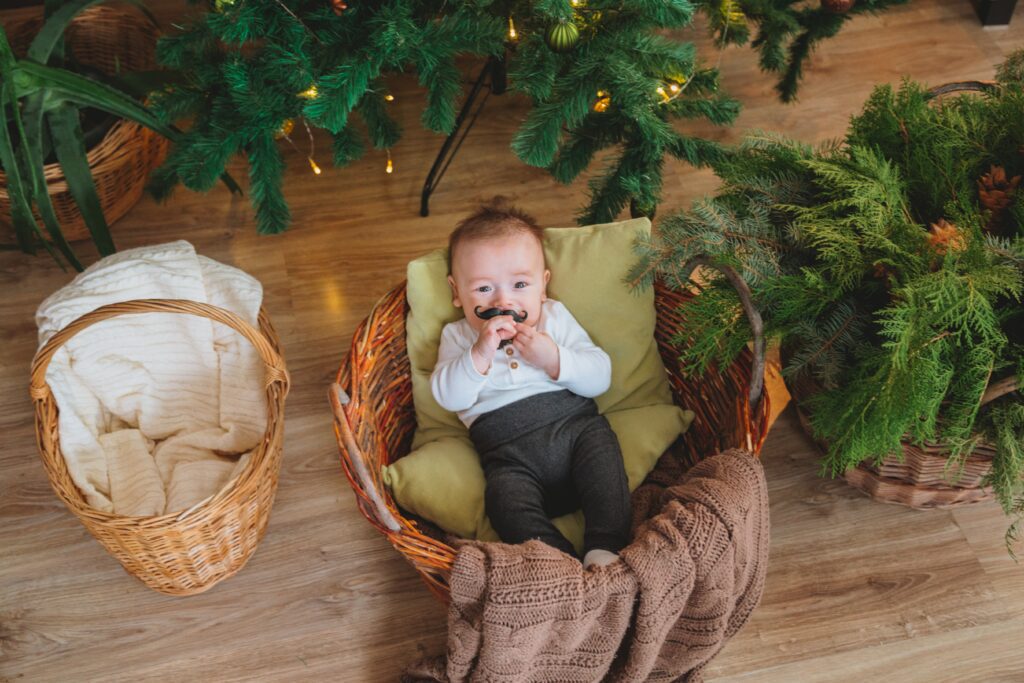
Once upon a time, there was a one year old baby named Lily and her mother. Lily was a curious and adventurous baby, always eager to explore the world around her.
One day, as her mother was folding laundry, Lily crawled over to the laundry basket and started pulling out clothes. Her mother watched as Lily examined each piece of clothing, feeling the different textures and colors.
Suddenly, Lily picked up a sock and put it in her mouth. Her mother quickly took the sock away and explained that it was dirty and not safe to put in her mouth.
Undeterred, Lily continued to explore the laundry basket, pulling out clothes and inspecting them with great interest. Her mother watched in amazement as Lily’s curiosity and exploration led her to discover new things about the world around her.
Later that day, Lily’s mother took her outside for a walk in the park. As they strolled along the path, Lily looked up at the sky and pointed to a bird flying overhead. Her mother smiled and pointed out other things in the environment, such as the trees and flowers.
As they continued their walk, Lily’s mother felt grateful for the opportunity to witness her baby’s growing curiosity and exploration of the world around her. She knew that as Lily continued to grow and develop, she would continue to discover new and amazing things about the world around her. And she couldn’t wait to see what other adventures lay ahead for her little explorer.
Love language story about one year baby and a mother
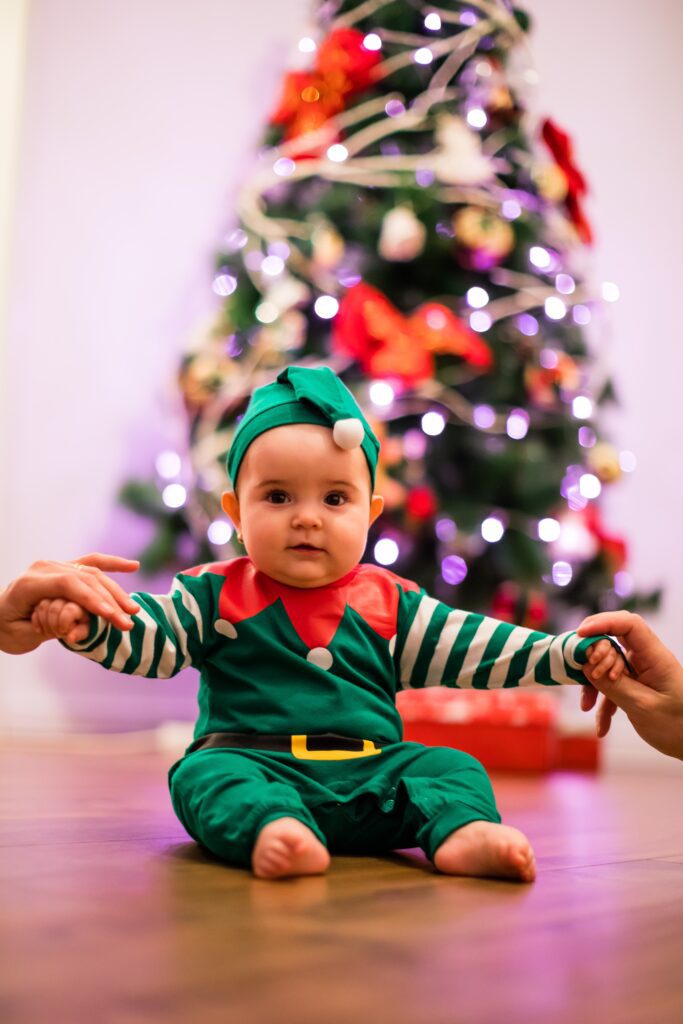
Once upon a time, there was a one year old baby named Max and his mother. Max’s mother had heard about the concept of love languages and decided to explore it further in order to better connect with her son.
She started observing Max’s behavior and how he responded to different forms of affection. She noticed that Max loved physical touch, such as hugs and kisses, and that he also responded well to words of affirmation, such as “I love you” and “You are so special”.
Armed with this knowledge, Max’s mother made it a point to express her love for Max in a way that resonated with him. She gave him lots of hugs and kisses and spoke to him in a soft and loving tone.
As a result, Max seemed to become even more affectionate and happy. He would crawl over to his mother and give her a big smile, reaching up his arms to be picked up and hugged.
One day, Max’s mother read a book to him about the different ways people express and receive love. She explained to Max that everyone has a different love language and that it’s important to understand and respect the love language of others.
From then on, Max’s mother made an effort to show love to Max in different ways, including through acts of service such as preparing his favorite meals or toys.
As Max grew and developed, he became more expressive in his own way. He started giving hugs and kisses to his mother, and even said “I love you” in his own baby language.
Max’s mother felt grateful for the opportunity to learn about love languages and connect with her son in a deeper way. She knew that by understanding Max’s love language, she was able to build a stronger and more loving relationship with her precious baby boy.
